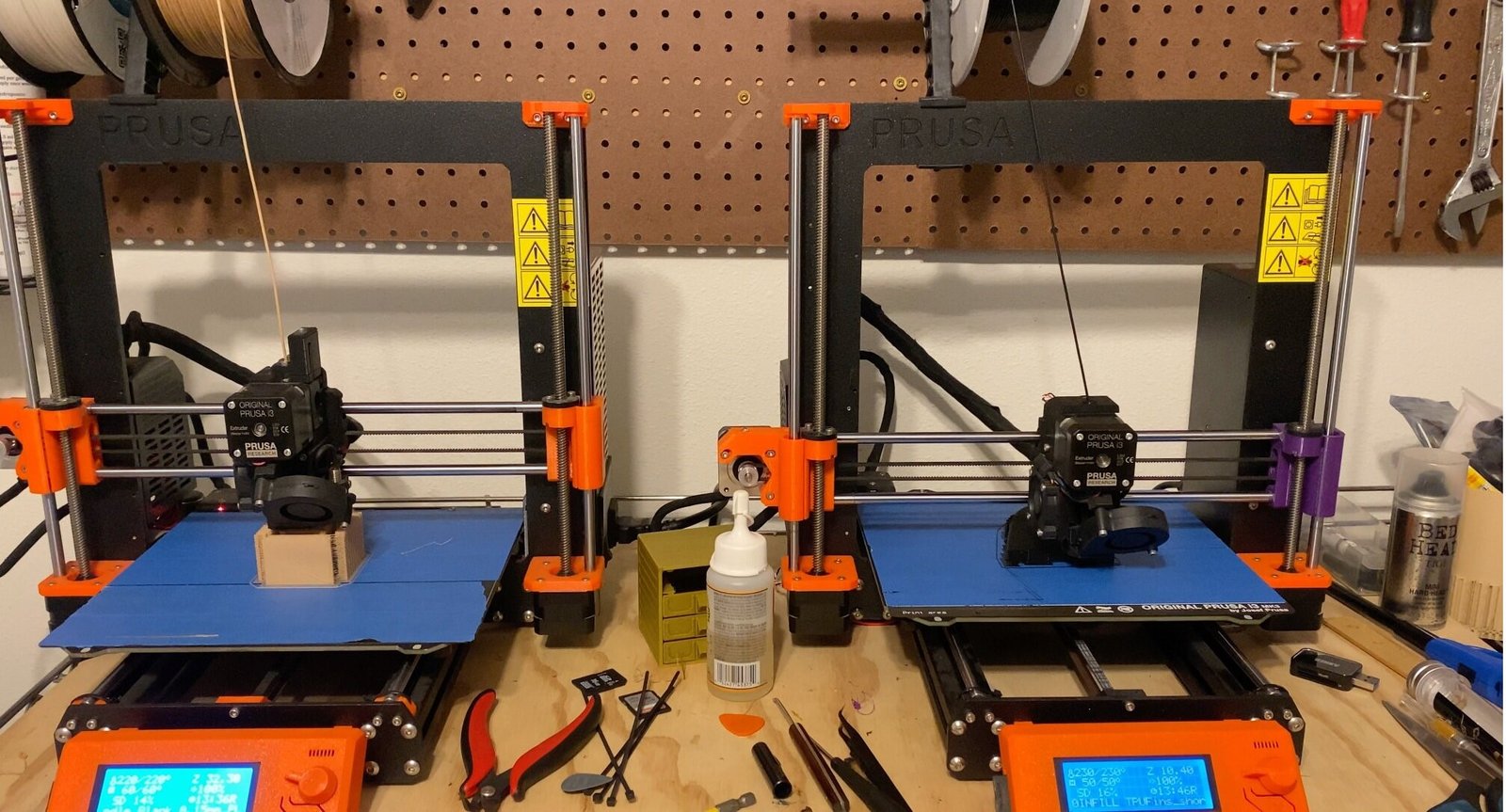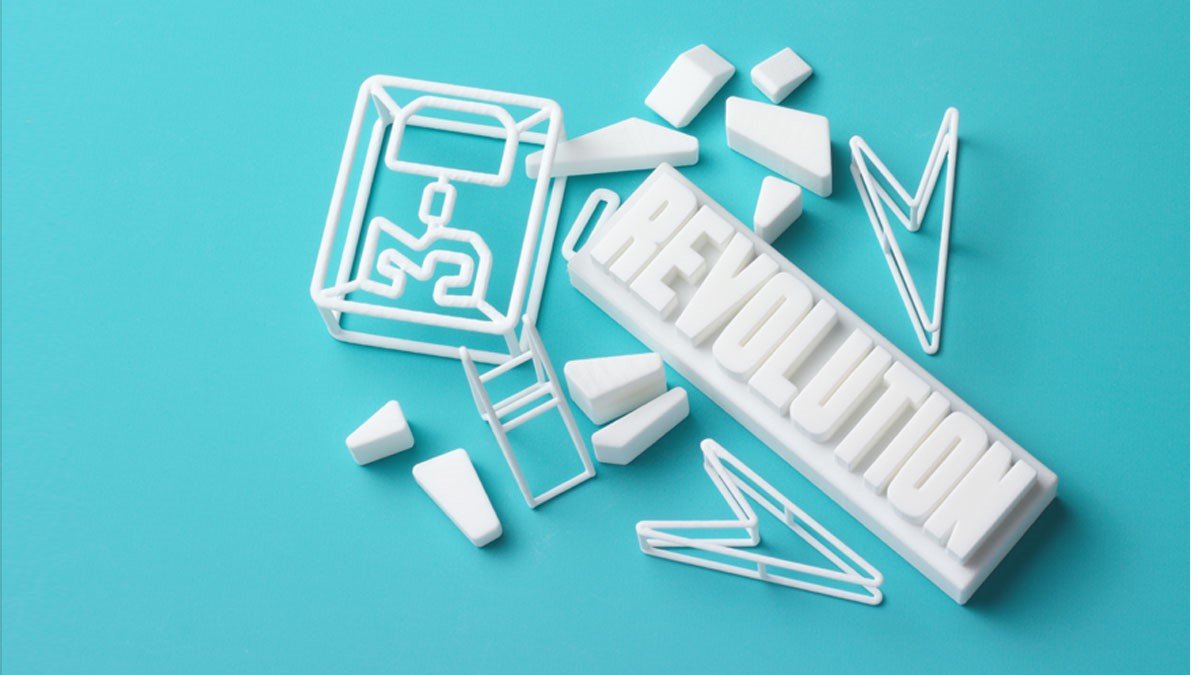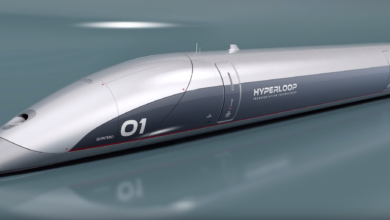How to Integrate 3D Printing in Manufacturing and Design in 2023

In recent years, It has emerged as a transformative technology with the potential to revolutionize manufacturing and design across various industries. Also known as additive manufacturing, It enables the creation of three-dimensional objects from digital designs, offering a wide range of benefits such as increased customization, reduced waste, and accelerated prototyping. In this comprehensive guide, we will explore how to integrate 3D printing into manufacturing and design, along with its positive and negative impacts.
Understanding 3D Printing

What is 3D Printing?
They are additive manufacturing, is a process of creating physical objects by layering materials on top of one another. It starts with a 3D digital model, which is sliced into thin horizontal layers. The 3D printer then builds the object layer by layer, typically using materials like plastics, metals, ceramics, or even food.
How Does 3D Printing Work?
The basic 3D printing process involves the following steps:
Design
Create a 3D model using computer-aided design (CAD) software.
Slicing
The 3D model is sliced into layers, generating a digital file with instructions for the printer.
Printing
The 3D printer follows the instructions, adding material layer by layer to form the object.
Post-Processing
After printing, the object may require additional finishing touches, like smoothing or painting.
Applications of 3D Printing in Manufacturing and Design
Prototyping
One of the most widely recognized applications of 3D printing is rapid prototyping. Designers and engineers can quickly produce prototypes to test their ideas and make design iterations faster than traditional methods, saving time and resources.
Customization
That allows for high levels of customization. In industries like healthcare, custom implants, prosthetics, and orthodontic devices can be created to perfectly fit an individual’s unique anatomy.
Tooling and Jigs
Manufacturers can create specialized tools, jigs, and fixtures through 3D printing, optimizing production processes and reducing lead times. This is particularly beneficial in industries like aerospace and automotive.
Spare Parts
We enables the on-demand production of spare parts. This is a game-changer for industries where downtime is costly, as it ensures a continuous supply of replacement components.
Complex Geometries
Traditional manufacturing methods often struggle with complex geometries. It can easily produce intricate and complex designs that were previously impossible or extremely expensive to manufacture.
Steps to Integrate 3D Printing

Designing for 3D Printing
Designing for 3D printing is crucial for successful integration. Consider these tips:
Optimize for Layering
Design objects with a focus on how they will be built layer by layer. This might involve adding support structures for overhangs or hollowing out parts to reduce material usage.
Material Constraints
Understand the limitations of your chosen 3D printing material. Some materials have specific temperature requirements or are more prone to warping.
Material Selection
Choosing the right material is paramount for a successful 3D printing project. Some common materials include:
Polylactic Acid
Biodegradable and easy to work with, often used for prototypes.
ABS
Durable and heat-resistant, ideal for functional parts.
Metal Powders
Used for metal 3D printing, suitable for aerospace and medical applications.
3D Printing Technologies
There are various 3D printing technologies, each with its own advantages and limitations:
Fused Deposition Modeling
Affordable and widely accessible, but may have lower resolution.
Stereolithography
Offers high resolution and smooth surface finish but can be more expensive.
Selective Laser Sintering
Suitable for metal and nylon printing, capable of producing complex parts.
Post-Processing
After printing, some objects may require post-processing steps such as sanding, painting, or assembly. These steps should be planned in advance to ensure the final product meets desired specifications.
Advantages of 3D Printing in Manufacturing and Design
Cost-Efficiency
One of the major advantages of 3D printing is cost-efficiency, particularly for small batch production. Traditional manufacturing methods often require expensive molds and tooling, which can be cost-prohibitive for low-volume production. With 3D printing, there are minimal setup costs, and objects can be printed on-demand, reducing waste and inventory.
Speed
This is significantly faster than many traditional manufacturing processes, especially when it comes to prototyping and small-scale production. This speed can translate into quicker time-to-market and rapid product development cycles.
Customization
The ability to create highly customized products is a standout feature of 3D printing. This is particularly valuable in industries like fashion, healthcare, and consumer goods, where personalization is in high demand.
Reduced Material Waste
Traditional subtractive manufacturing processes often generate significant material waste. In contrast, It is an additive process, which means it only uses the material required for the object, minimizing waste.
Geometric Freedom
That allows designers to explore previously impossible shapes and geometries. This opens up new possibilities in product design and functionality.
Challenges and Considerations
Material Limitations
While there is a wide range of 3D printing materials available, each has its own set of limitations. Some materials may not be suitable for certain applications due to factors like strength, durability, or heat resistance.
Post-Processing Requirements
Many 3D-printed objects require post-processing steps to meet quality standards. This can add time and cost to the manufacturing process.
Intellectual Property Concerns
With the ease of sharing digital 3D models, intellectual property concerns have arisen. Protecting designs and ensuring they are not used without permission is a challenge.
Regulatory Compliance
In highly regulated industries like healthcare and aerospace, 3D-printed components must meet strict quality and safety standards. Ensuring compliance can be complex.
Scalability

It is well-suited for small to medium production runs. For large-scale manufacturing, traditional methods may still be more cost-effective.
Conclusion
The integration of 3D printing in manufacturing and design is a transformative step forward in the world of production. This technology offers numerous advantages, including cost-efficiency, speed, customization, reduced waste, and greater design freedom. However, it also comes with its own set of challenges and considerations, such as material limitations, post-processing requirements, and regulatory compliance.
Read more : How to Utilize 5G Technology for Faster Connectivity in 2023
FAQs
Can 3D printing replace traditional manufacturing methods entirely?
While 3D printing offers numerous advantages, it is not a one-size-fits-all solution. Traditional manufacturing methods will still play a significant role in industries where scalability and cost-efficiency are paramount.
What industries benefit the most from 3D printing?
Industries that benefit the most from 3D printing include aerospace, healthcare, automotive, consumer goods, and fashion, among others.
Is 3D printing environmentally friendly?
It can be more environmentally friendly than traditional manufacturing methods due to reduced material waste. However, the sustainability of 3D printing depends on the choice of materials and recycling practices.
Are there any limitations to the size of objects that can be 3D printed?
Yes, the size of objects that can be 3D printed depends on the size of the 3D printer’s build volume. Large objects may need to be printed in sections and assembled later.
How can I protect my 3D printed designs from intellectual property theft?
To protect your designs, consider patenting them or using digital rights management (DRM) techniques to control access to your 3D models.
Read more : How to Integrate Swarm Intelligence in Decision Making in 2023







